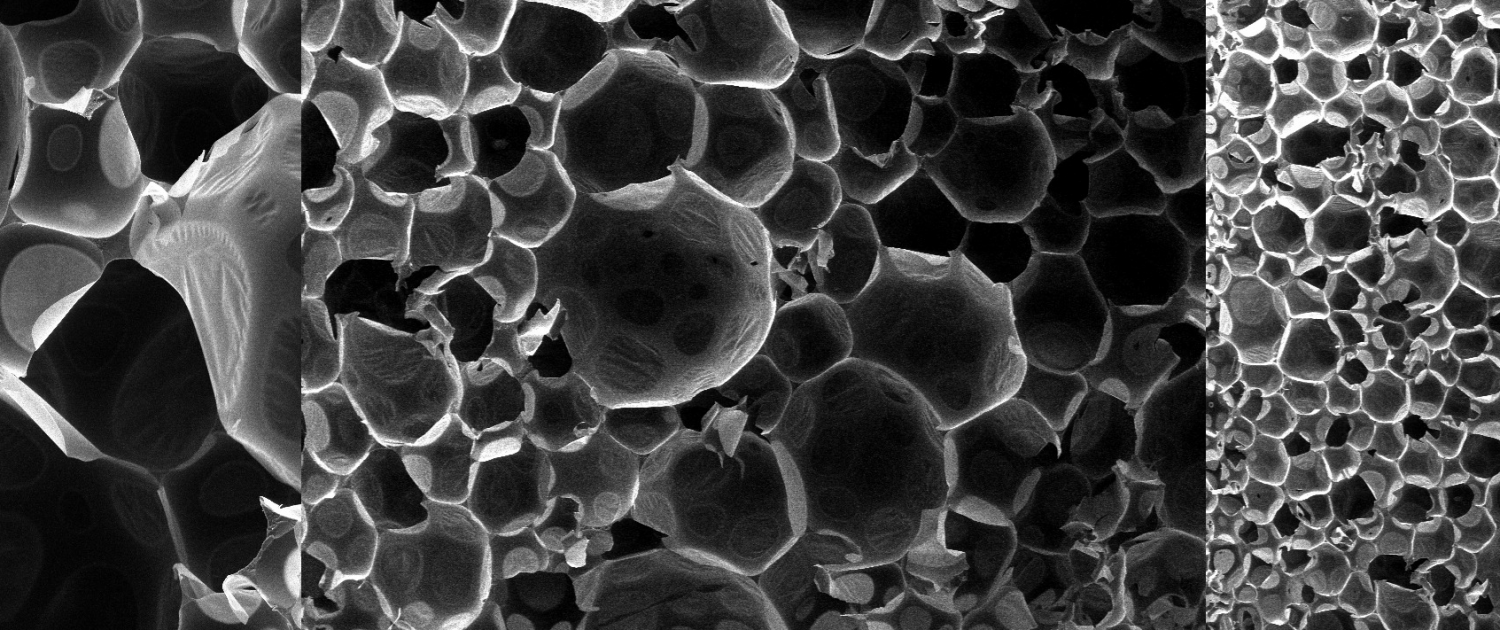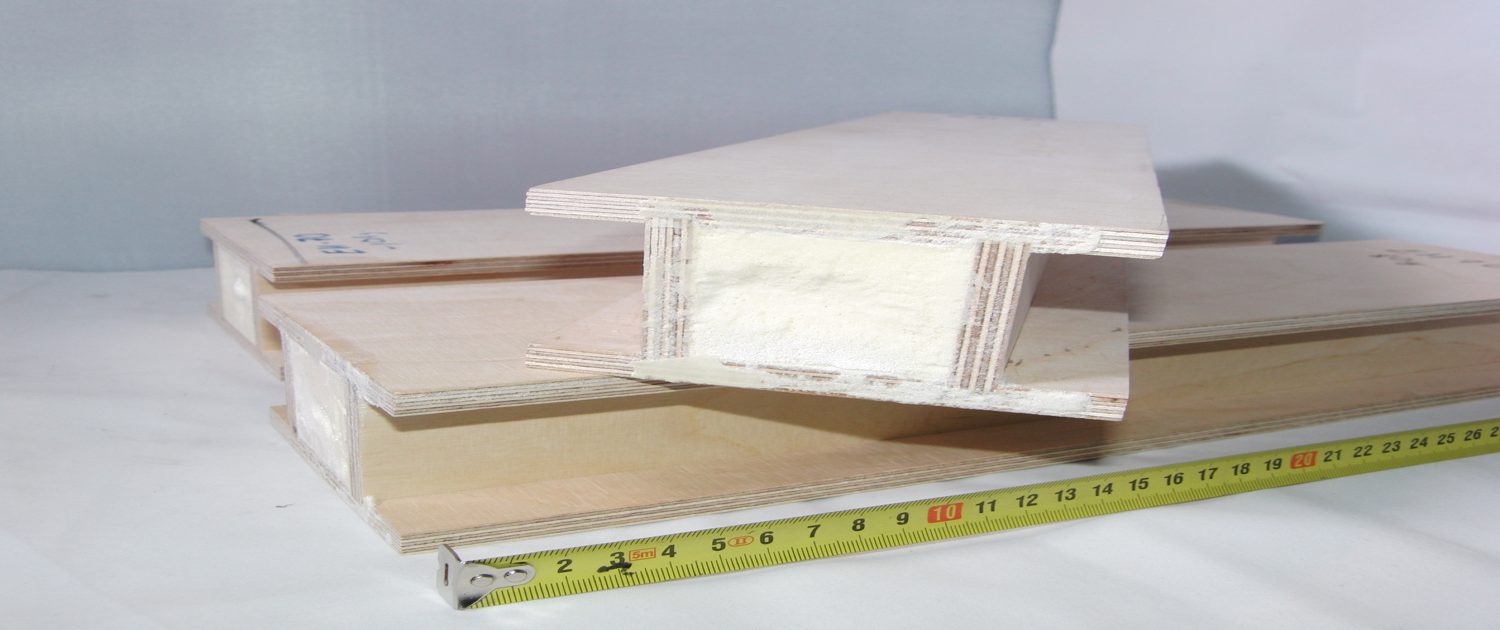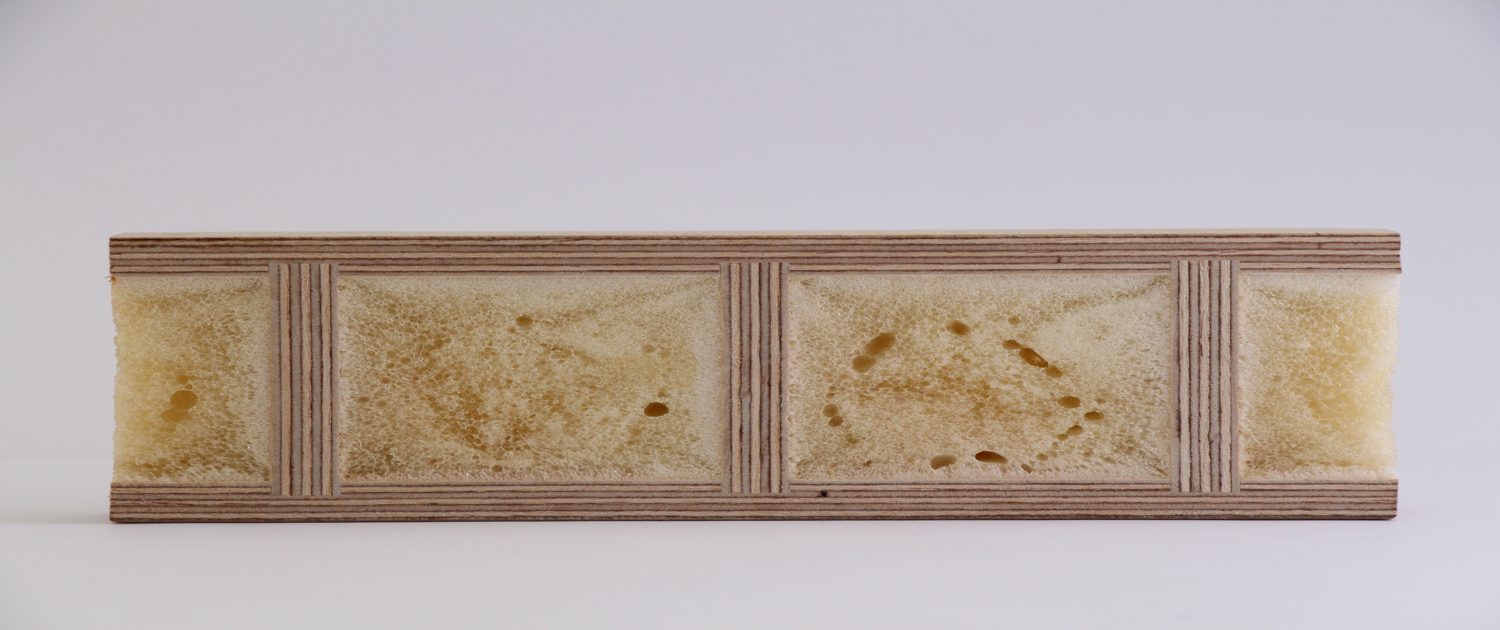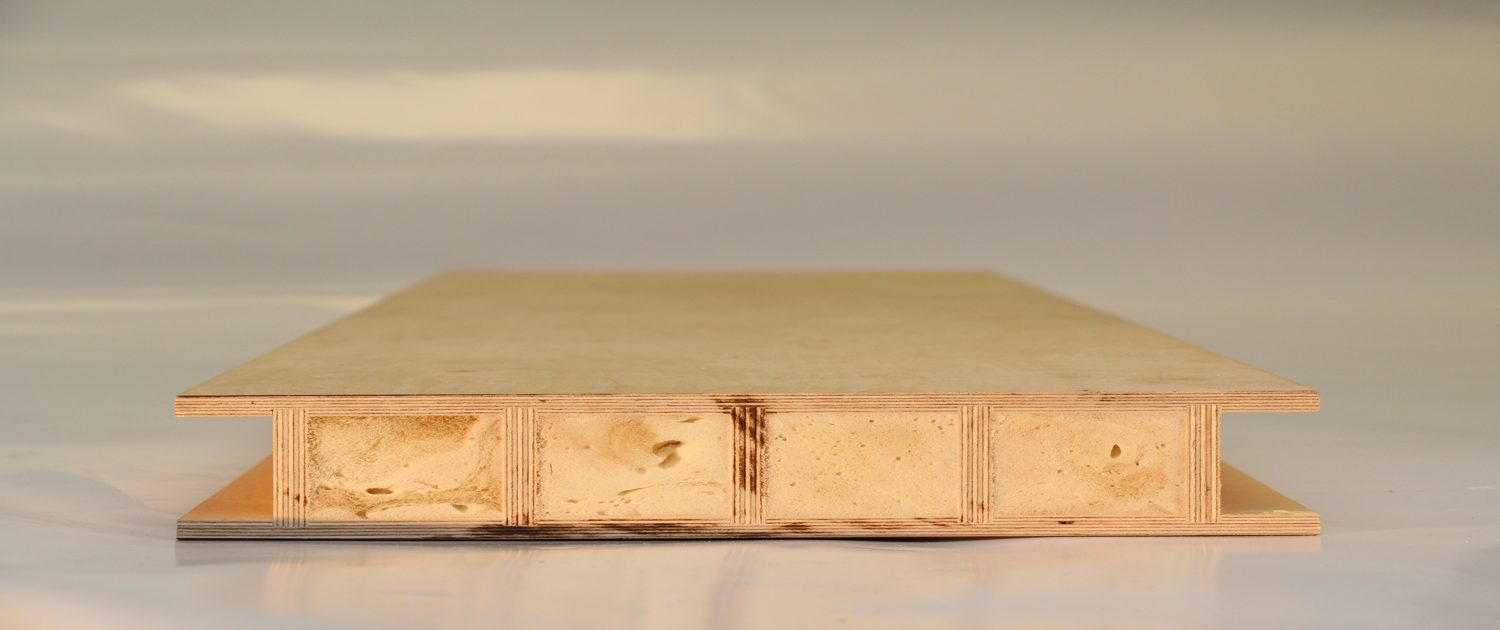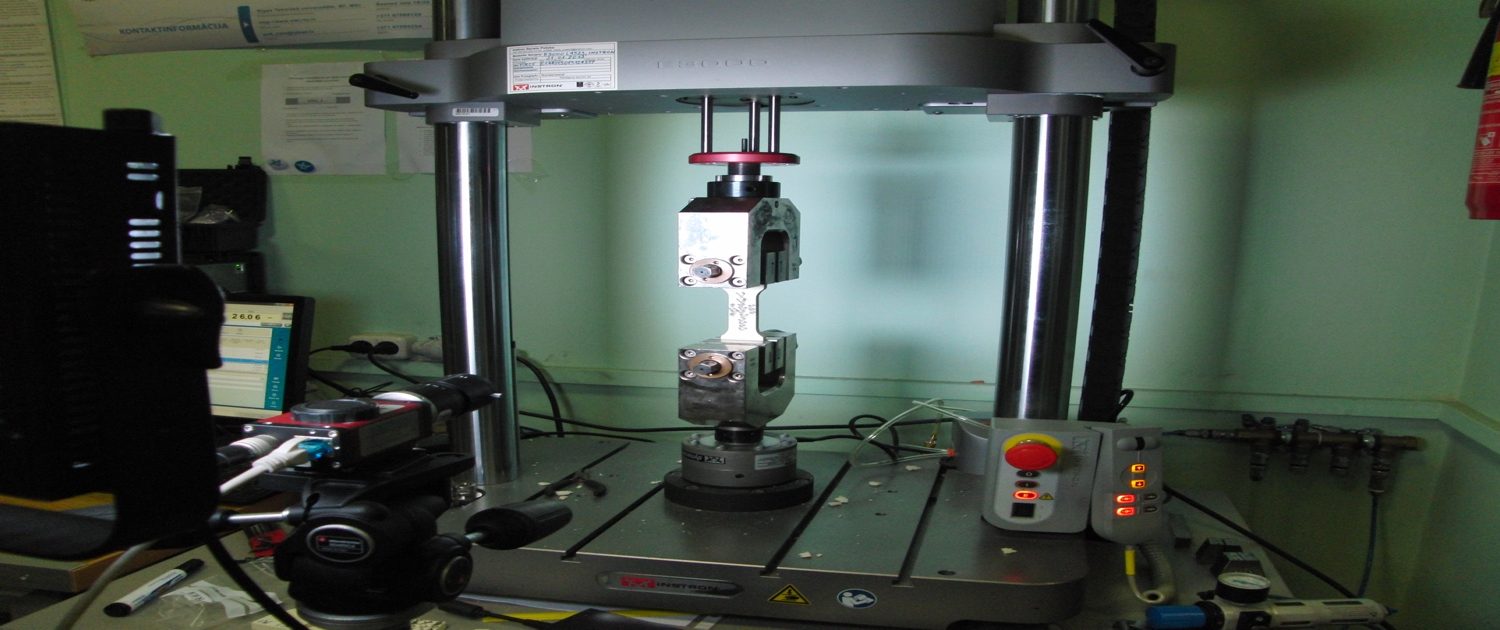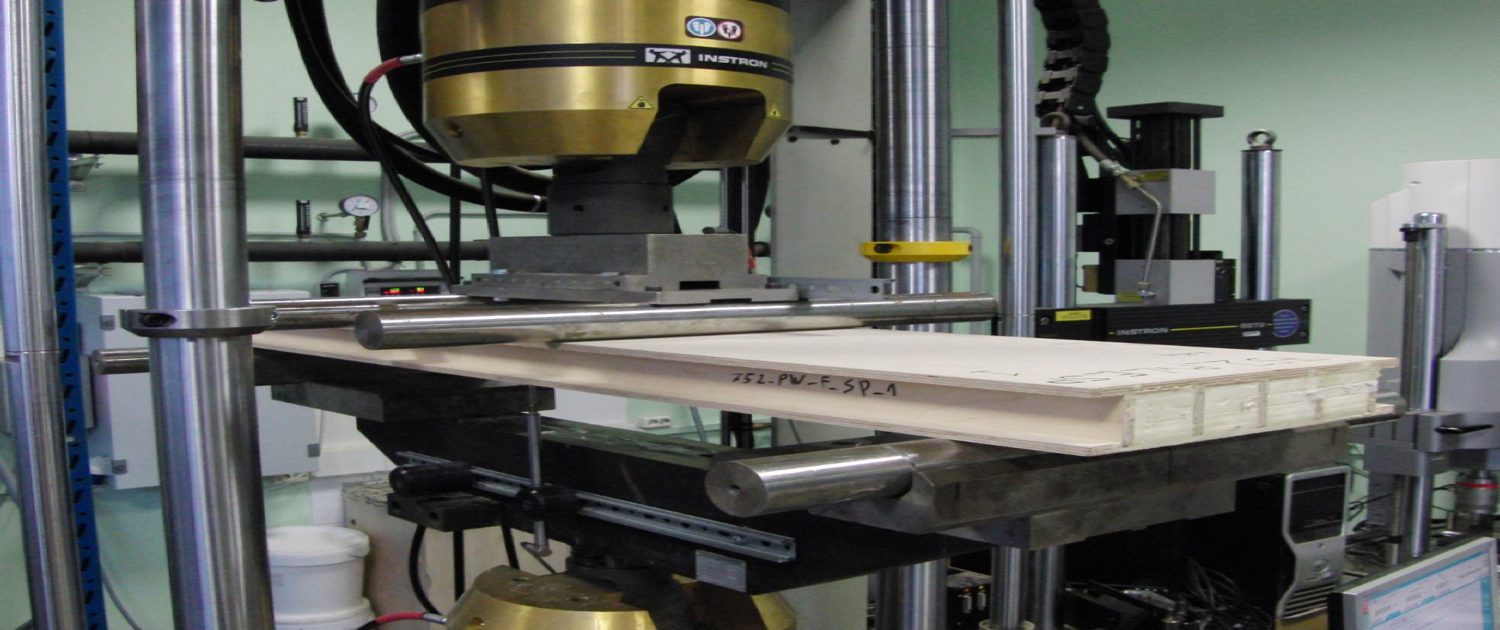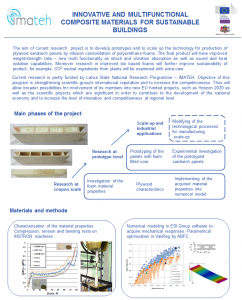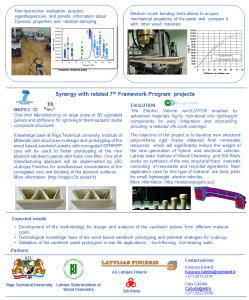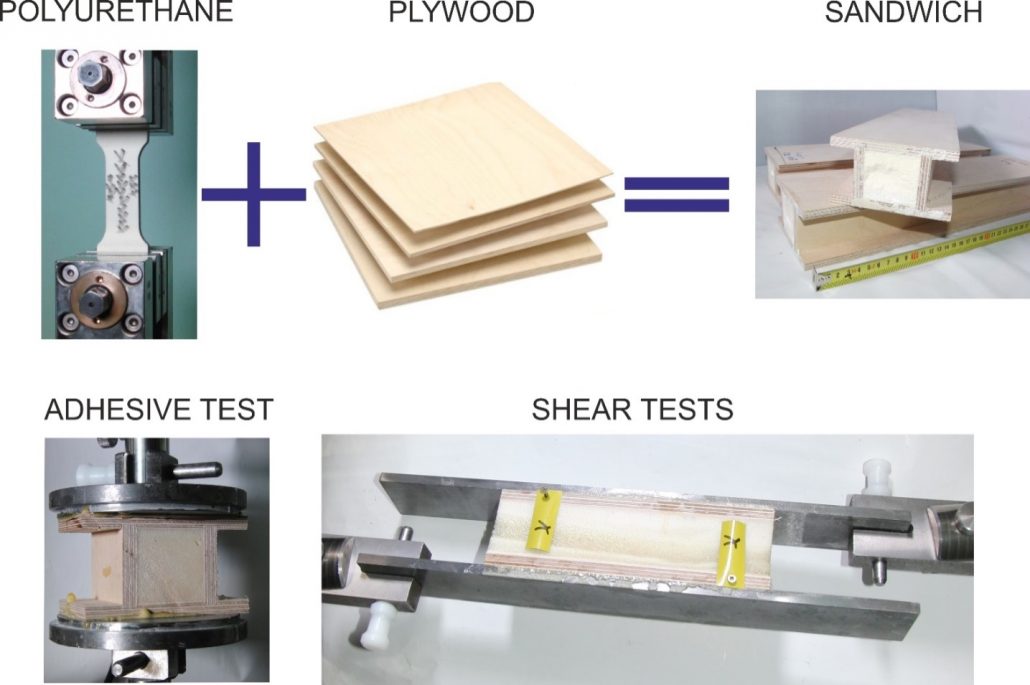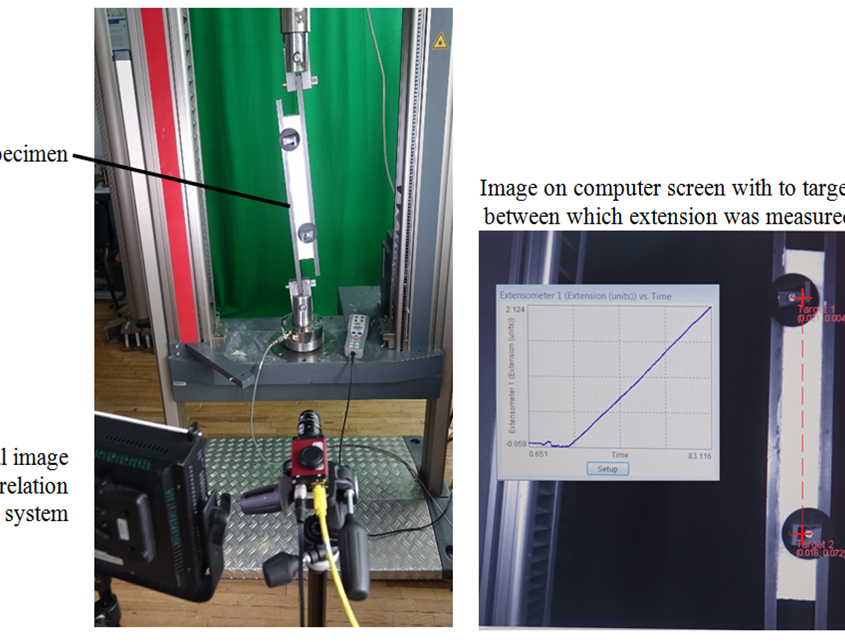Innovative and multifunctional composite materials for sustainable buildings
Thanks to the significant proportion of Latvian forests (51% of the total area), the timber industry and forestry is one of the most important basic sectors of the Latvian economy, whose contribution to the national economy is at least 5% of GDP. As an illustrative example of remarks may be mentioned that the forest sector exports in 2011 reached 1.6 billion euros (according to the Latvian Central Statistical Bureau’s data). At present, the share of total timber exports only a quarter of the products are with high or medium-high added value. There is therefore a challenge to increase their export volumes of wood products with high added value, thus rapidly increasing profits and promoting sustainable exploitation of timber.
As one of the high-value-added products, in accordance with the Forest Industries competence center studies (letter of support attached annex), which can be integrated into wood components include Latvian birch plywood sandwich plate design. These structures, which are made of a relatively thin and durable plywood surfaces and solid, but lightweight foam cores, has the potential to replace traditional – solid material construction. In particular, such a trend is observed at the moment in relation to production costs constant and significant growth. Such a plywood panel solution advantage is to make a constructive solution, which also allows you to combine and integrate the different materials in a single design physical / mechanical properties, in addition to reducing the consumption of construction materials / weight. The last five-year period immediately wood sandwich panels are devoted to a growing interest, based on the market trends of “green thinking”. Birch plywood is ideal for sandwich type of structure, because it flexural stiffness (~ 13 GPa) is close to the glass fiber composites, whose production energy intensity and CO2 emissions not only in manufacturing, but the whole life cycle is significantly higher compared with plywood sandwich type structures.
Plywood sandwich panels (with the equivalent density of 300 kg / m3), made of plywood surfaces with vertical slats of plywood and foam core filling is able to replace the traditional plywood with a density of 650 kg / m3. This product main application area is transformable wall coverings and the creation of structures. Maintaining plywood equivalent stiffness and strength of the sandwich-structure provides additional heat and sound insulation, thanks to the integrated polyurethane foam core. Polyurethane foam composition, which is partly made of renewable natural resources – by-products of rapeseed oil production, development and mechanical / thermal properties shall be headed by the Latvian State Institute of Wood Chemistry, whose pipelines uniqueness is approved, the participation of the European Commission’s 7th Framework Programme project BIOPURFIL (Bio based polyurethane composites with natural fillers).
National research program, the establishment of long-term cooperation between the material and structure of the Institute and the Latvian State Institute of Wood Chemistry researchers will build synergies between multidisciplinary research a new generation plywood product development.
Originally plywood sandwich most effective solutions will be evaluated using numerical calculations, thereby improving and optimizing the prototype development costs. The preparatory study shows the possibility of obtaining the design with 60% relative weight in relation to conventional plywood, as well as up to 20% increase in bending strength (thesis: E.Labans – plywood sandwich construction multifunctional characteristics of development and improvement).
With the aim to adapt the sandwich panels integration of wall and ceiling structures, as a prerequisite, it is the need for both mechanical and thermal validation experiments. The future panel for outdoor use, dimensional stability testing cycle affects the environment is critical.
The results of research will develop methods and guidelines for designing plywood sandwich panel design to be assigned depending on the application requirements. Expected outcomes shock / vibration absorption will help domestic manufacturers of plywood panels to develop customized solutions with high added value to the EU market, according to the Latvian security and defense industry in the Federation of vision.

